What is our strategic plan in the Holy War to save our personal faith?
The overall plan is simple: it is to win the war for our soul.
Our tactics are paramount. For they must be in sync with the truth that God has given us Free Will (the ability to make decisions) and Reason (the ability to think through and logically make those decisions in the light of Scripture and Tradition).
What are the tactics that support our efforts? The first is to realize that we are not powerless. Our God-given freedom allows us to make personal decisions for good or bad. For example, the decision to agree with our Catechism which explains our ultimate goal of personal and eternal union with Christ.
Our tactics are varied: the Western and Eastern Rites of the Catholic Church, and the Orthodox Church believe in the need for prayer, fasting, almsgiving, reception of Holy Eucharist, and the frequent (preferably monthly) reception of the Sacrament of Confession. This Sacrament, once avidly used by the faithful, is now sadly ignored. It is critical in our personal war, and through prayer, the goal of purifying our Church. A Church suffering from the effects of clerical sins and the heresy of Modernism.

The Sacrament of Confession is proclaimed in the Epistle of St. James (5: 16), St. Paul’s 2nd Letter to the Corinthians (5: 18), St. Luke’s Acts of the Apostles (19:18), Jesus’ words in the Gospel of John (20: 21-23), and the proclamations of the Early Church Fathers. It is not a Sacrament that the post-Reformation Church thought up during the Council of Trent. Through history was this Sacrament clarified and given appropriate form to meet the needs of growing Christian civilization? Yes, of course, but that doesn’t mean that it didn’t exist in the early Church or was given witness to in the Christian Scriptures.
If we ignore Grace we have removed many of the foundation stones of our personal faith. Ignorance or belittling the truth of Holy Scripture, or the Sacramental weapons of Grace, effectively renders us defenseless in this Holy War for our souls.
As you will see, Greek Orthodox monk, Elder Paisios’, words ring like a bell of prophecy. They are especially poignant since he wrote them before his death in 1994.
Holy War is upon us. We have witnessed it since Eve handed the apple to Adam. Our enemies are clear: Satan, his demons, false teachers, and our own tranquil indifference.

The words of a Greek Orthodox monk, Elder Paisios:
“What unsettles me is the reigning mood of tranquility. Something is in the works. We still haven’t understood properly either what’s going on, or the fact that we will die. I don’t know what will come of this. The situation is very complicated. The fate of the world depends on just a few people, but God is still putting on the brakes. We have to pray a lot, and with pain in our hearts, so that God will intervene: our times are very hard to understand. A lot of ash, rubbish, and indifference has accumulated, and a strong wind will be needed to blow it all away. It’s frightening! The Tower of Babel is upon us! Divine intervention is needed: Great upheavals are happening. What a bedlam! The minds of whole nations are in confusion. But in spite of the ferment I feel a certain consolation inside, a certain confidence. God still dwells in a part of the Christians. God’s people, people of prayer, still remain, and God in his all-goodness still tolerates us and will put everything in order. Don’t be afraid! We’ve gone through many storms, and still haven’t perished. So should we be afraid of the storm which is now gathering? We’ll not perish this time either! God loves us. In Man there’s a hidden power which comes out when necessary. The difficult years will be few. Just a lot of thunder. Don’t get upset in the least, for God is above everything. He rules everyone and will bring all to the defendant’s bench to answer for what they’ve done, according to which each will receive his just desserts from God. Those who’ve in some way helped the cause of good will be rewarded, and those who do evil will be punished. God will put everyone in their place in the end, but each of us will answer for what they did in these difficult years, both in prayer and in deeds. Today they’re trying to destroy faith, and for the edifice of faith to fall they quietly pull out one stone, then another. But we’re all responsible for the destruction; not just those who destroy but we who see how faith is being undermined and make no effort to strengthen it.
As a result the seducers are emboldened to create even greater difficulties for us, and their rage against the Church and the monastic life increases. Today’s situation can be resisted only spiritually, not by worldly means. The storm will continue to rage a bit, will throw all the flotsam, everything unnecessary, onto the shore, and then the situation will become clearer. Some will receive their reward, while others will have to pay their debts. Today there are many who strive to corrupt everything: the family, the youth, the Church. In our day it’s a true witness to speak up for one’s people, for the state is waging war against divine law. Its laws are directed against the Law of God. But we are responsible for not letting the enemies of the Church corrupt everything. Though I’ve heard even priests say: “Don’t get involved in that. It’s none of your business!” If they had reached such a non-striving condition through prayer I would kiss their feet. But no! They’re indifferent because they want to please everyone and live in comfort. Indifference is unacceptable even for laymen, and all the more so for the clergy. An honest, spiritual man doesn’t do anything with indifference. “Cursed be he that doeth the work of the Lord deceitfully”, says the Prophet Jeremiah (Jer. 48:10).
There’s a war on today, a holy war. I must be on the front lines. There are so many Marxists, so many Masons, so many Satanists and assorted others! So many possessed, anarchists and seduced ones! I see what awaits us, and it’s painful for me. The bitter taste of human pain is in my mouth”
Copyright © 2011- 2020, Deacon Paul O. Iacono – All Rights Reserved. Permission to reprint must be obtained from the author in writing. Students, and those interested, may quote small sections of the article as long as the proper credit and notation is given. Thank you.



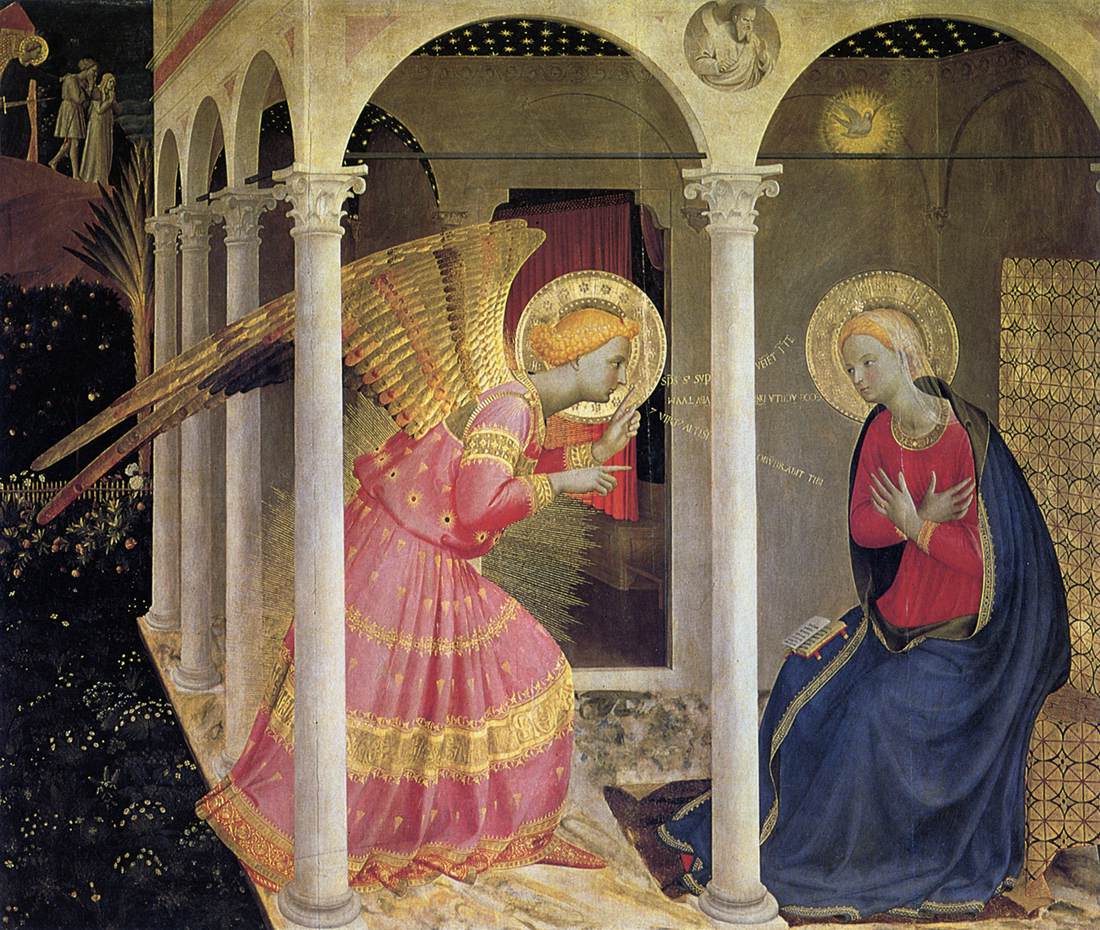
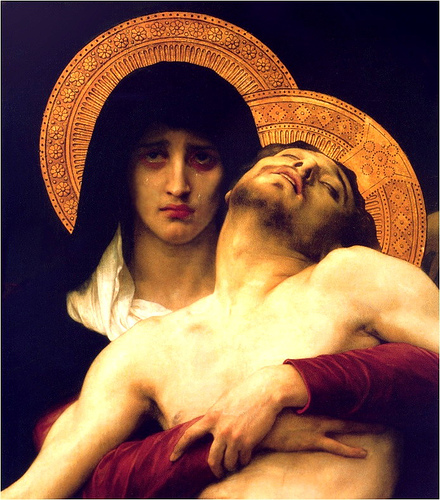









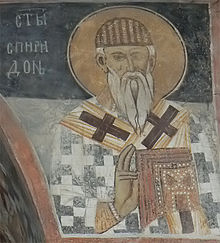





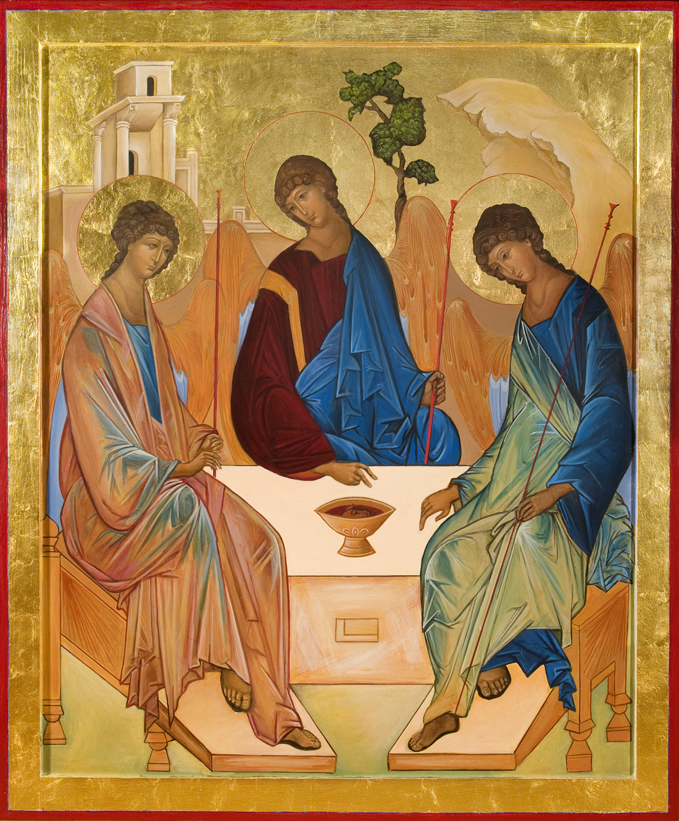
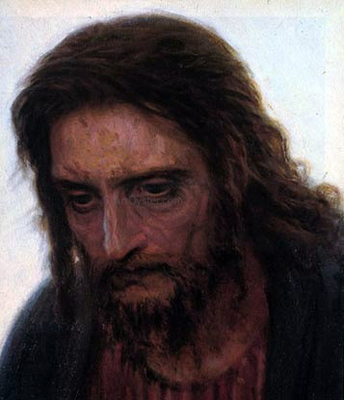



“Paul, your protestations begs the question, do pagans go to Heaven? If so, why? If not, why not?” from Bernard Gallagher
These are excellent questions.
Before I attempt to answer them my readers should understand that I am a committed and Traditional Roman Catholic. His questions will be answered through the lens of the teachings of my Faith. That Faith is based on a foundation of Holy Scripture, Sacred Tradition, and two thousand years of Catholic scholarship.
Allow me to also mention that we need to understand that two Councils of the Church, the Councils of Orange and Trent (1000 years later), are critical in forming a correct answer to Mr. Gallagher’s questions. The Councils of Orange are significant (both of them were held in the city of Orange in Southern France, AD 441 and 529). The more important Second Council of Orange’s episcopal deliberations were sent to Rome and approved by Pope Boniface II in AD 531. That Council specifically proclaimed that everyone (who has reached the “age of reason”) is given sufficient Grace to be saved from eternal damnation. God will give, and has given all people, Actual Grace. If a person accepts and acts on that Grace, they will be saved.
What is Actual Grace? Actual Grace is an admonition by God for a person to correct their way of life, desire, search after, and make the sincere effort to obtain the Sanctifying Grace provided by the Catholic Church. The key action which achieves salvation and eternal life with God is the Holy Sacrament of Baptism. This allows the person to enter into God’s family. The Sacrament of Baptism removes Original Sin from an individual’s soul and enables it to receive additional Sacramental Sanctifying Grace. All Grace enables a person to become holy in God’s eyes. The other six Sacraments flow from the waters of Baptism. Pope Pius 9th (papal reign 1846 -1878) proclaimed that it would be extraordinary for an unbaptized person to achieve the eternal salvation and reward of Heaven.
First principle,
a) The Roman Catholic Church, the ethnic church Rites that are in union with Rome, the Greek and Russian Orthodox Churches, and some of the Protestant churches say that Jesus Christ, is the Word of God, the Son of the Father, begotten not made and consubstantial with Him. He is the Messiah, the Savior. His human life, ministry, passion, death, and resurrection redeemed mankind from their sins. His divinity is expressed through His position as the Second Person of the Blessed Trinity.
b) He is known to mankind through the historical Gospels and Epistles of the Apostles, the witness of His Mother, the Virgin Mary (especially at her apparition at Fatima, Portugal in 1917. When asked what sin was most harmful and condemned unrepentant people to Hell she responded: ‘The sins of impurity are one of the major reasons why men and women are condemned to Hell.'” We cannot ignore our sins or consider them unimportant because of the current worldview. Also, the erudition of the Catholic Church Fathers, Doctors of the Church, Saints, and the historical teaching authority of the Church have all provided the scholarship and analysis that is sufficient for humanity to understand God’d Revelation and laws.
c) He is also known through the extraordinary scholarship of St. Augustine and St. Thomas Aquinas. The teaching authority of the Church, (as found in its Magisterium), is the Church’s responsibility to give to the world an authentic interpretation of the Revelation of God as found in Sacred Scripture and Sacred Tradition.
d) Additionally, let us not forget the importance of the testimony of the angels found in Holy Scripture, and the saints, of whom Jesus’ Mother Mary is the greatest of saints. All of these facts contribute to mankind’s understanding and witness of our Savior Jesus Christ.
e) Jesus commissioned His Apostles (the first bishops) to make known the free gift of His Redemption and graces. These critical graces are found in the Seven Sacraments of the Church, beginning with the keystone Sacrament, Baptism.
Second, let’s refer to what Jesus Christ says in response to Nicodemus’ questions concerning eternal life in the Gospel of St. John, John 3: 1-21: “Amen, amen, I say to you, unless a man be born again, he cannot see the kingdom of God.” Nicodemus continues to question Him, and Jesus responds, “Amen, amen, I say to you, unless a man be born again of water and the Spirit, he cannot enter the kingdom of God…You must be born again.”
The great significance of the necessity of Baptism into the Christian faith is again stressed in another passage of the Gospels. The Gospel of St. Matthew, in its very last passage deals with the commissioning of the Apostles which occurred after His resurrection and before His Ascension back to the Father. Jesus emphasizes that combined with their preaching and works they must baptize faith-filled individuals because of Adam and Eve’s sin. Humanity’s broken relationship with God must be healed. It was healed through the death and resurrection of the Father’s Son Jesus the Christ. Jesus death, on our behalf allowed the formation of the Church and the Sacraments to be instituted to provide the grace to a broken humanity. Baptism is the Sacrament that makes this happen. It makes an individual’s body and soul a member of God’s family. Matthew 28: 18-20: “Jesus drew near and spoke to them saying, “all power in Heaven and on earth has been given to me. Go, therefore, and make disciples of all nations, baptizing them in the name of the Father, and the Son, and the Holy Spirit, teaching them to observe all that I have commanded you; and behold, I am with you always, to the close of the age.”
Third, it appears, within the Christian faith, that we can come to specific conclusions that will provide a springboard for my response to Mr. Gallagher:
Fourth, so, are pagans going to Heaven or Hell?
In a nutshell, I would never presume to know God’s mind, except from that which He revealed through Holy Scripture and Sacred Tradition. I would never make a judgement on another person’s soul as he or she are seen by God at the time of their death and individual judgement. Unknown to the world, even a great sinner may suddenly, in their last moments, repent of their sins and ask for God’s mercy. But, make no mistake about it, Scriptural Revelation, and the Sacred Tradition of the Catholic Church and specifically the words of Jesus in the Holy Scriptures, states that there is a Hell (Matthew 10: 28; 22: 13. Luke 16: 26; etc.); there is a Heaven, and, damnation into Hell for all eternity.
It is believed that there is also a place of natural happiness called Limbo. It is not within Heaven, nor is it in the fires of the Hell of the Damned. It is a state of natural happiness and joy. It is not supernatural happiness because its inhabitants do not have the Beatific Vision (see additional discussion in the Summa Theologica, Supplement 1, 3rd part article 2, by Fra Rainaldo da Piperino). The question of what happens to infants who die without the Sanctifying Grace of Baptism is a much debated issue. Many Traditionalists support the idea of Limbo; however, contemporary scholarship supports the idea that God, in His mercy, would not withdraw the vision of His glory to unbaptized infants who have died.
Some additional issues:
Copyright © 2011- 2019, Deacon Paul O. Iacono – All Rights Reserved. Permission to reprint must be obtained (through the Comments section below) from the author in writing. Students, and those interested, may quote small sections of the article as long as the proper credit and notation is given. Thank you